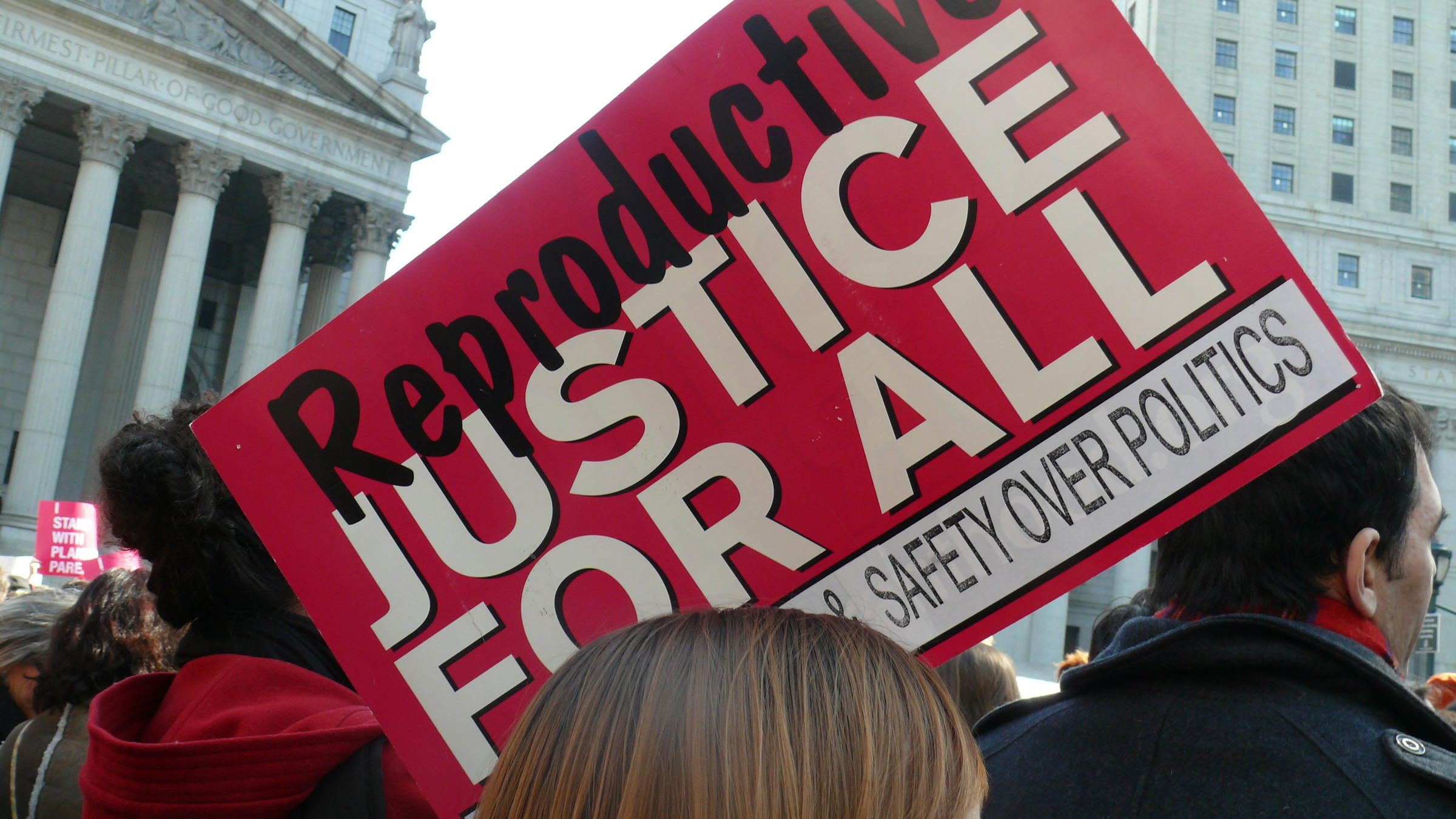The Arc of Reproductive Justice in the United States

Yet, despite the constitutional right to abortion owed to all American women, abortion rights remain under attack. The Guttmacher Institute, a leading research and policy organization committed to advancing sexual and reproductive health and rights in the US and abroad found that as of 2014, 57 per cent of American women lived in states classified as hostile or extremely hostile to abortion. And since 2010, states have introduced 231 abortion restrictions. As a result, even though abortion is a constitutional right – it continues being undermined – thus, advocacy groups are critical in fighting for abortion to remain legal.

Immediately following Roe, abortion rights and pro-choice advocates dedicated themselves to protecting the Supreme Court ruling under the banner of choice, appealing broadly to the right to privacy that was at the heart of the Supreme Court decision. These advocates did not prioritize enough the threats to access, but instead, appealed to the aspects considered in the Supreme Court decision with the belief that this approach would appeal to the widest groups of voters. And so, they established this notion of “choice” which we see in so much abortion discourse today.
Since Roe, pro-choice groups have been a loud voice in Congress and to the general public. These groups have focused on holding onto the rights won by Roe, concentrating on legislations and clear messaging. Others have worked on expanding the access to abortion for women across the United States. For many, the focus has been on providing reproductive healthcare to women, including abortions. While the legal right to abortions remains the same, mainstream pro-choice groups have failed at stopping the ongoing attacks on abortion and abortion access. Within the movement, there is a general consensus that there needs to be a reframing of the human rights framework, but no agreement has been made on the new frame for activists and pro-choice groups to pursue.
While the movement has advanced, the issue around including the voices of women of color and low-income women remains a problem for most pro-choice advocacy groups. What we’ve seen is women of color advocating for themselves and low-income women and placing their needs at the core of a broader reproductive rights agenda. For instance, in 1992, Trust Black Women rallied around a racist billboard campaign that depicted women of color as dangerous threats to their children. Further to that, the group also mobilized to defeat proposed legislation which restricted abortion based on the race of the fetus.
The future of abortion rights activism and advocacy will be major in upholding the Roe v. Wade Supreme Court decision. While the activism has been at the forefront, advocates acknowledge that the conservative agenda is attacking women’s rights and sbility to control their lives in a myriad of ways. There needs to be new efforts for working across organizations, to not leave marginalized women behind, and to place reproductive rights at the heart of the struggle for social justice and human rights.
